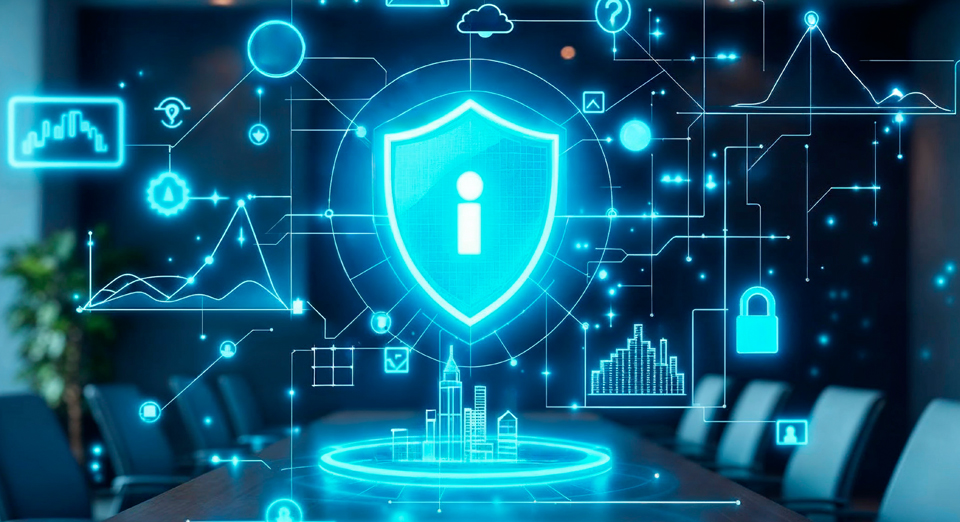- Aug 29, 2025 / Cybersecurity

In today’s digital-first world, the traditional concept of securing networks with a “strong perimeter” is no longer enough. Remote work, cloud adoption, and the increasing sophistication of cyberattacks have exposed the weaknesses of perimeter-based security models. This is where Zero Trust Security comes in — a modern security framework that is rapidly becoming the gold standard for enterprise protection.
🔹 What is Zero Trust Security?
Zero Trust is built on a simple principle: “Never trust, always verify.”
Unlike traditional models that assume everything inside the network is trustworthy, Zero Trust treats every user, device, and application as untrusted until proven otherwise. Access is granted only after continuous verification, and even then, it is restricted to the minimum necessary.
Core elements of Zero Trust include:
-
Identity verification (strong authentication, MFA, biometrics)
-
Least privilege access (users only access what they need)
-
Continuous monitoring (real-time analysis of behavior and anomalies)
-
Micro-segmentation (dividing networks into secure zones)
🔹 Why Traditional Security Models Fail
Traditional “castle-and-moat” security focuses on securing the network perimeter. Once inside, users and devices are trusted freely. But in today’s enterprise environment:
-
Employees work remotely on multiple devices.
-
Businesses rely on cloud applications outside the corporate network.
-
Cybercriminals use phishing, ransomware, and insider attacks to bypass defenses.
This makes perimeter-based security obsolete. Zero Trust solves this by removing implicit trust entirely.
🔹 Benefits of Zero Trust Security
-
Stronger Protection Against Cyberattacks
-
Hackers can’t move laterally within the network because of micro-segmentation.
-
Breaches are contained and damage minimized.
-
-
Secures Remote & Hybrid Workforces
-
Employees and contractors access company resources securely, from anywhere.
-
BYOD (Bring Your Own Device) environments become safer.
-
-
Reduced Insider Threats
-
Continuous verification prevents malicious insiders or compromised accounts from exploiting trust.
-
-
Compliance & Regulations
-
Zero Trust aligns with security standards like NIST, ISO 27001, and GDPR.
-
Helps enterprises demonstrate stronger data protection.
-
-
Future-Proofing Security
-
As enterprises adopt cloud, IoT, and AI-driven tools, Zero Trust adapts to these complex environments.
-
🔹 Real-World Applications of Zero Trust
-
Financial Institutions: Protecting sensitive data like transactions and customer records.
-
Healthcare: Ensuring HIPAA compliance and safeguarding patient records.
-
Government Agencies: Defending against nation-state cyberattacks.
-
Large Enterprises: Securing distributed teams and global operations.
🔹 Challenges in Adopting Zero Trust
-
Complex Implementation: Migrating from legacy systems can be time-consuming.
-
Cultural Shift: Employees must adapt to stricter authentication processes.
-
Costs: Initial investments in identity management, monitoring, and security tools can be high.
However, the long-term benefits outweigh these challenges, making Zero Trust an essential investment.

0 comment